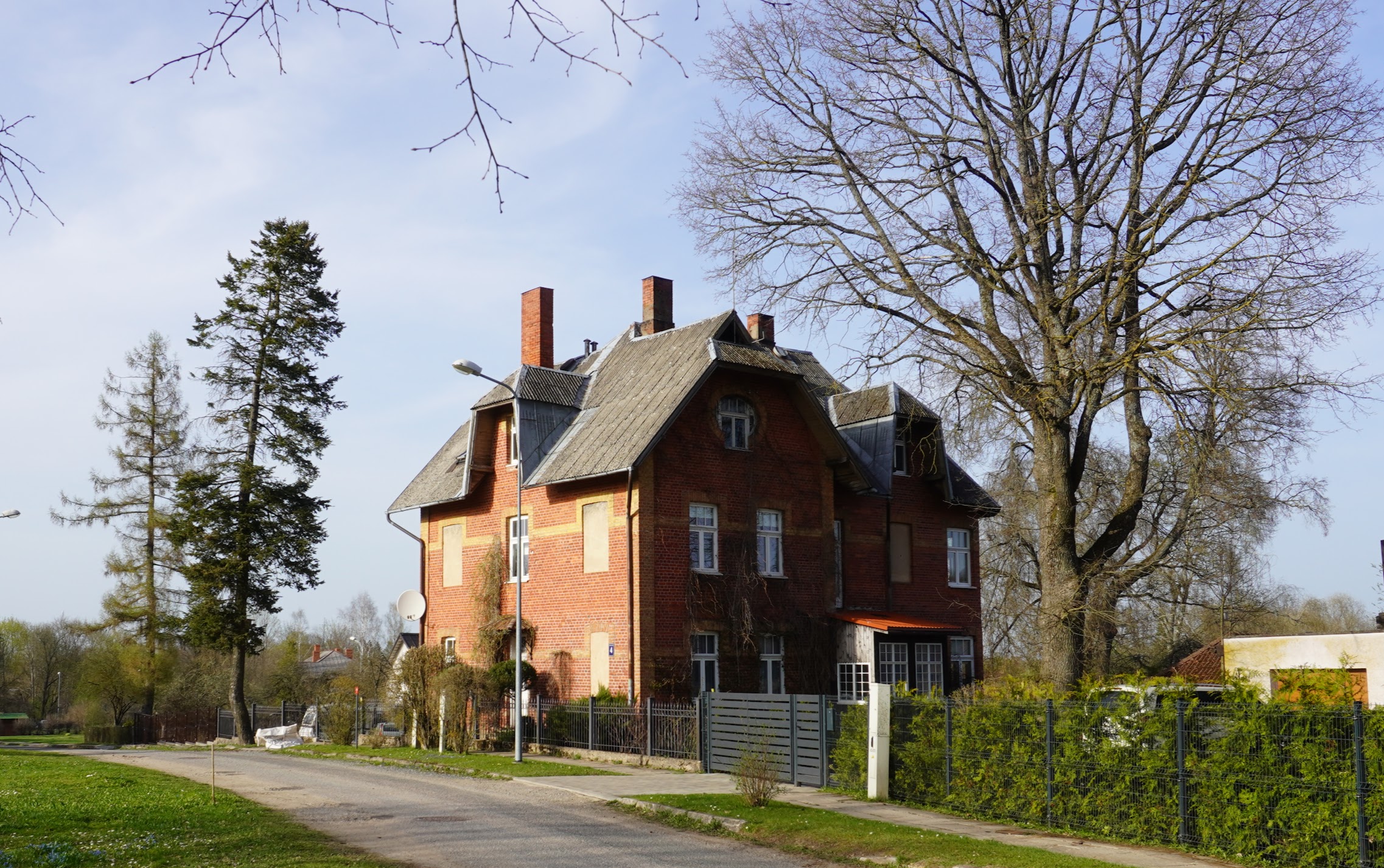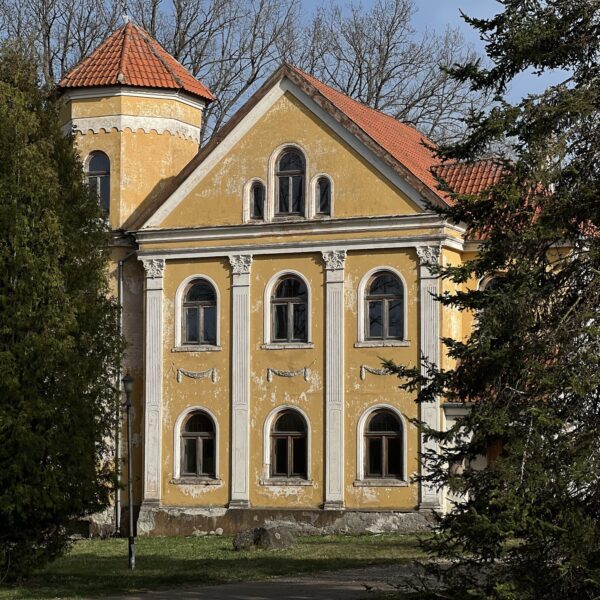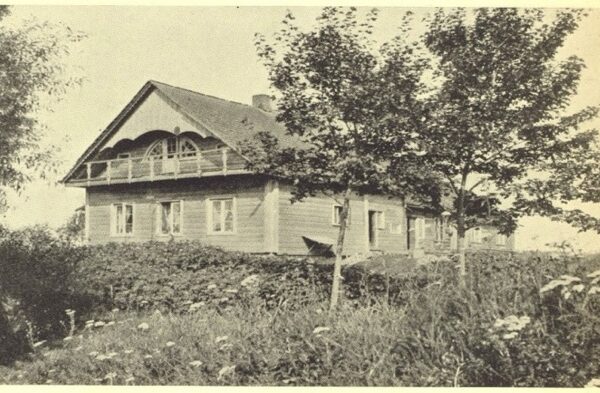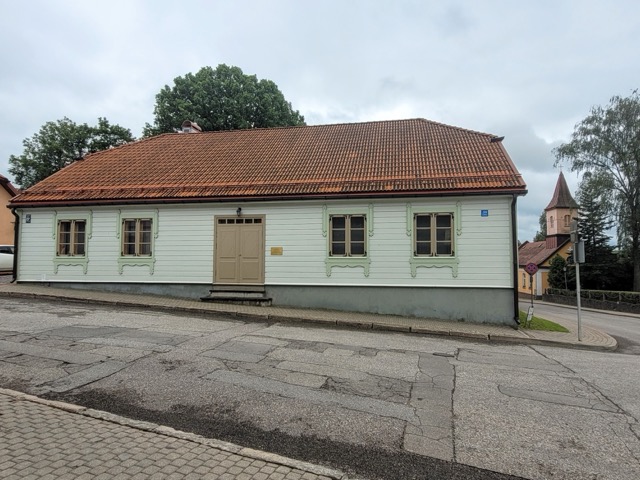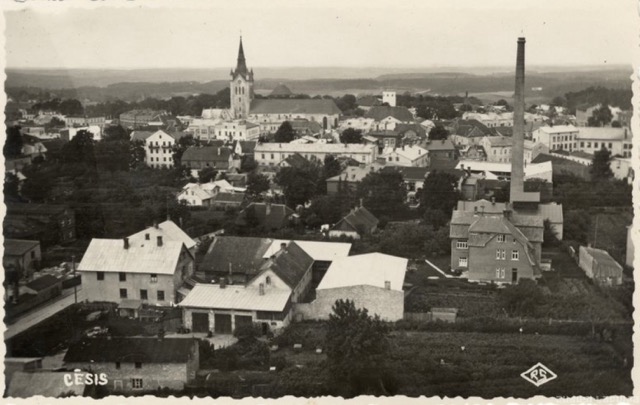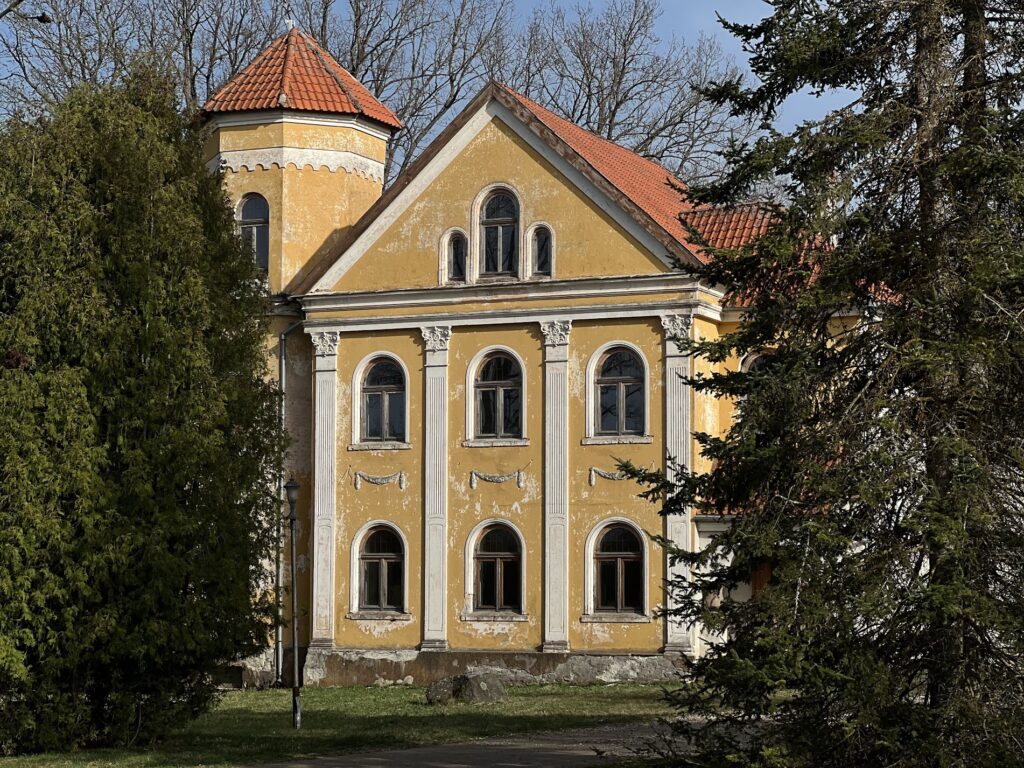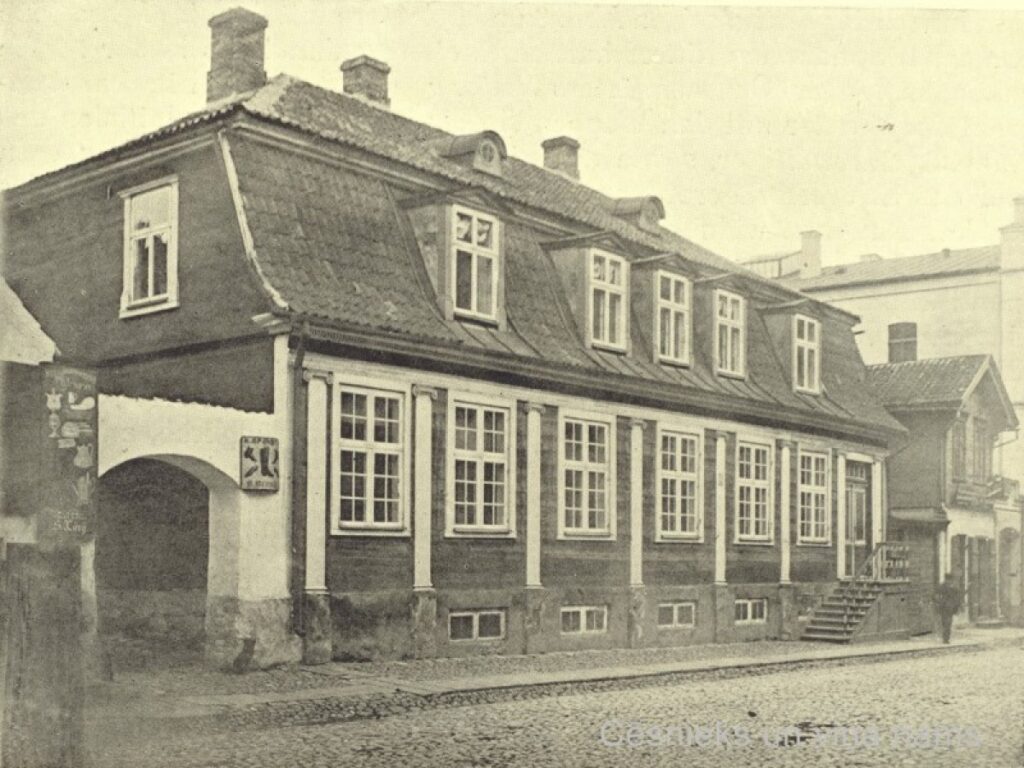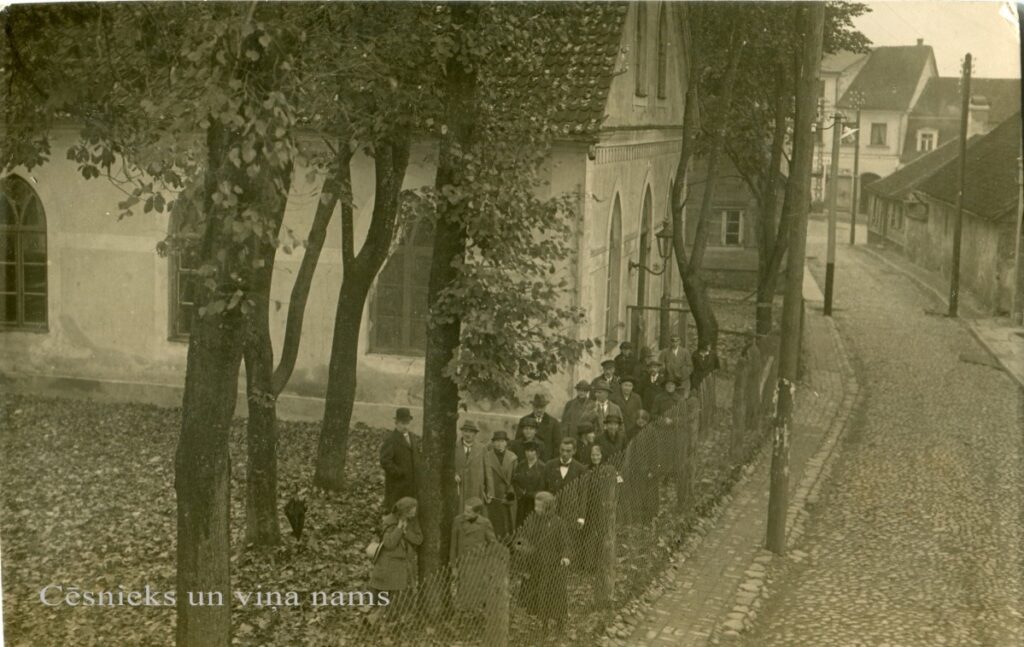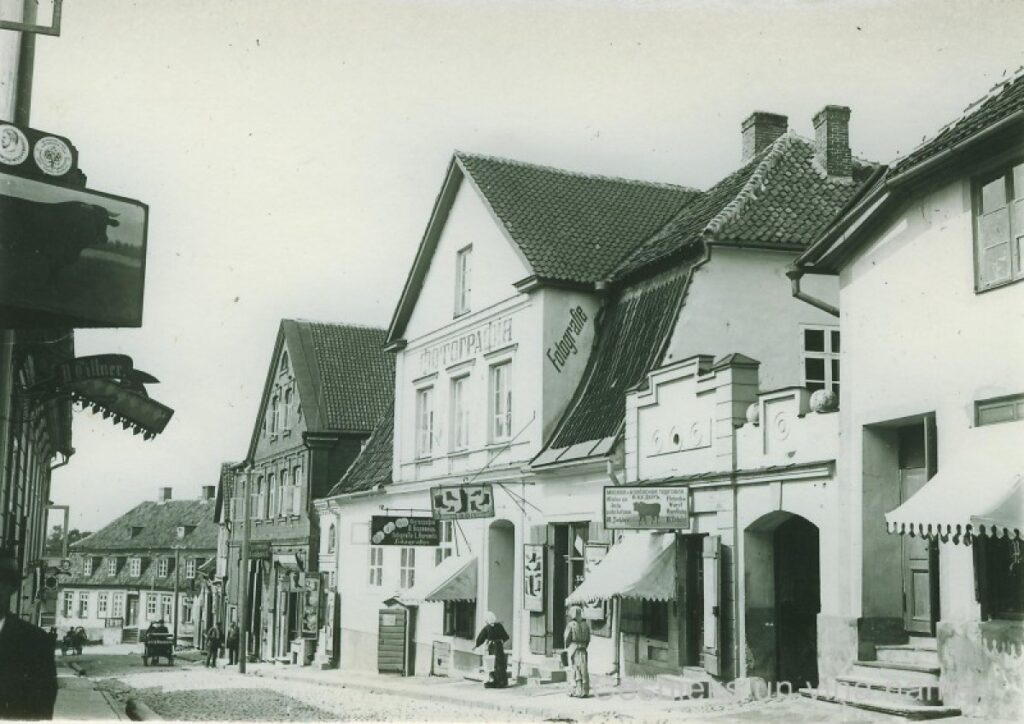Cēsis, where Ziemeļu Street now stretches, was once home to Vinterkalns or Vinters Manor, an ancient estate with a colourful history. Since the middle of the 18th century, the manor belonged to the patrimonial district of Cēsis, the Rucka Manor, in whose vastness this property was like a smaller but significant jewel.
The name of the manor is most probably related to the Winters family, which occupied a prominent place in the history of Cesis. They were not just citizens, but town administrators and men of influence. 1651. In 1714, Johann Friedrich Winters served as a town councillor, and later, until his death in 1727, as the burgomaster of Cesis. 1730. In 1860 Bernhard Winters took over the baton and became the Town Lord of Cesis. Whether these gentlemen were actually relatives or simply members of an ancient family, historical sources are silent.
According to historical documents, on 2 April 1768 the manor became the property of Major Martin Reinhold von Palmstrouch after a treaty with Karl Benjamin von Hinkeldey. The manor’s territory was considerable – it owned 11.5 barrels of land on the Gauja Road alone. Interestingly, in 1771 Wintermüžina was already rented out to one Peter Vogt, which testifies to the active circulation of property at that time.
In the late 19th and early 20th centuries the manor territory was truly impressive – it covered the land between today’s Upeņu, Aveņu, Zemeņu and Pēteris streets, with another branch between Cīrulīšu, Pēteris and Avotu streets. The central part of the manor was located at the beginning of today’s Ziemeļu Street, where the old walls of the outbuildings still stand as witnesses of history.
After the Agrarian Reform of 1920, the manor land was subdivided into smaller plots, and a road was extended through the main building area to form the present-day Ziemeļu Street. Today, the main manor house has become private property, but its historical significance lives on in the toponymy of the district – both Vinteral and Vintergrav derive their names from the manor house.
The materials used for the description are from:
Ilma Zālīte, Mg. hist., and the Cēsis Rotary Club’s project “Around Cēsis Manor”,
Cēsis Castle Museum and Cēsis Central Library collections.

